| North Carolina's 189 Odonate species | ||||
|---|---|---|---|---|
| Sort Species by: Family Scientific Name [ Undocumented ] |
| Related Species in LIBELLULIDAE: | Number of records for 2026 = 0 | |
| Photo Gallery for Red Saddlebags 10 photos are shown. | Other NC Galleries: Jeff Pippen Will Cook Ted Wilcox | ||
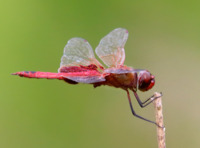 | Photo 1 by: Dave McLain Comment: Cabarrus, 2023-07-20, Concord; iNaturalist Record #174000820 | 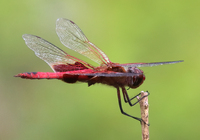 | Photo 2 by: Dave McLain Comment: Cabarrus, 2023-07-20, Concord; iNaturalist Record #174000820 |
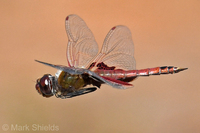 | Photo 3 by: Mark Shields Comment: New Hanover, 2016-11-25, limesink ponds at Carolina Beach State Park - males, 1 at Grass Pond, 1 at Cypress Pond where seen on 11-19 |  | Photo 4 by: Mark Shields Comment: New Hanover, 2016-11-25, limesink ponds at Carolina Beach State Park - males, 1 at Grass Pond, 1 at Cypress Pond where seen on 11-19 |
 | Photo 5 by: Mark Shields Comment: New Hanover, 2016-11-19, limesink pond at Carolina Beach State Park - male | 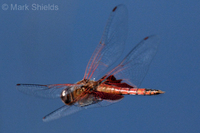 | Photo 6 by: Mark Shields Comment: New Hanover, 2016-11-19, limesink pond at Carolina Beach State Park - male |
 | Photo 7 by: Mark Shields Comment: New Hanover, 2015-11-27, 2 males, Carolina Beach State Park. Photos clearly show features that distinguish Red from Carolina Saddlebags: black spots only on top of S8 and S9; most of anal loop clear; red stripe on leading edge of hindwing separated from larger hindwing spot; no purple on frons; long, slender hamules extend well beyond genital lobe. | 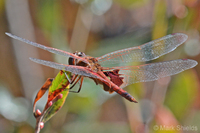 | Photo 8 by: Mark Shields Comment: New Hanover, 2015-11-27, 2 males, Carolina Beach State Park. Photos clearly show features that distinguish Red from Carolina Saddlebags: black spots only on top of S8 and S9; most of anal loop clear; red stripe on leading edge of hindwing separated from larger hindwing spot; no purple on frons; long, slender hamules extend well beyond genital lobe. |
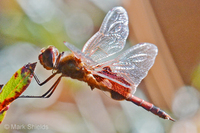 | Photo 9 by: Mark Shields Comment: New Hanover, 2015-11-27, 2 males, Carolina Beach State Park. Photos clearly show features that distinguish Red from Carolina Saddlebags: black spots only on top of S8 and S9; most of anal loop clear; red stripe on leading edge of hindwing separated from larger hindwing spot; no purple on frons; long, slender hamules extend well beyond genital lobe. |  | Photo 10 by: Ben Coulter Comment: Dare; OBM, 2003-08-22, Two photos posted to OdonataCentral, vetted by John Abbott as "confirmed", though he stated that it was unfortunate no photo of the frons was available; website says "collected on", but likely just photos |
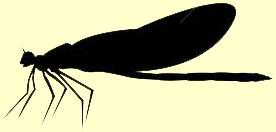
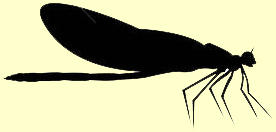 »
»